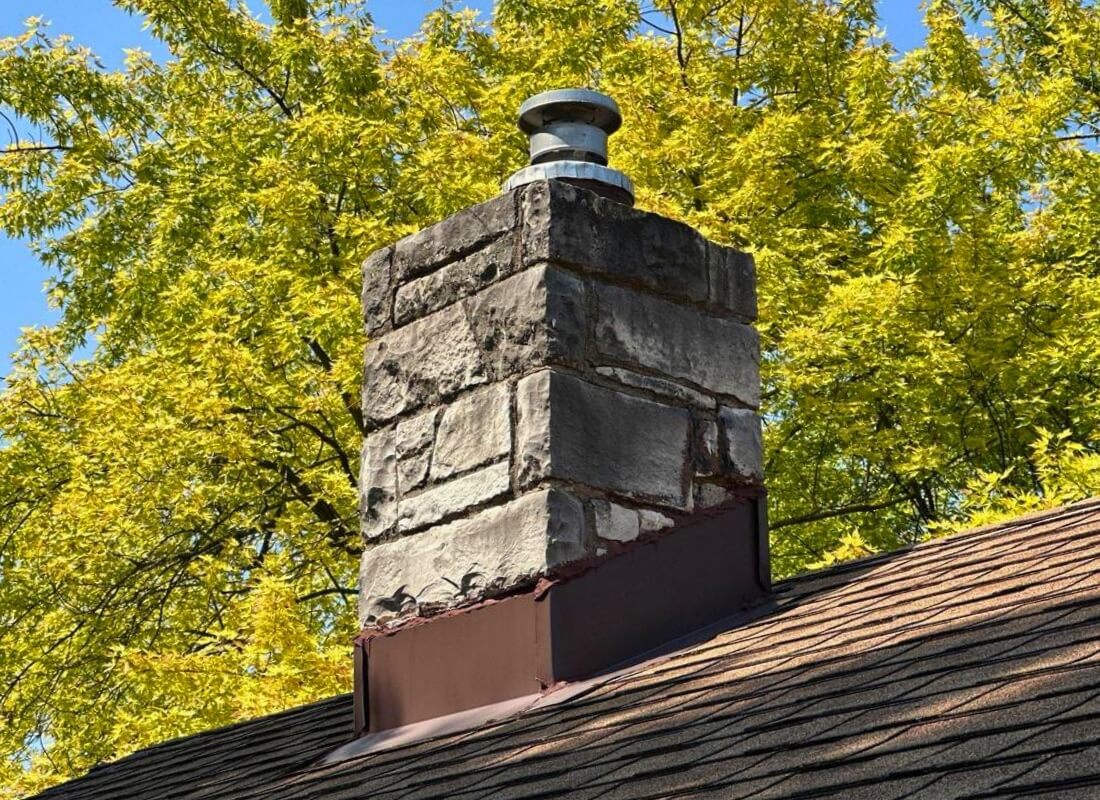
Chimneys have historically played a crucial role in providing warmth and comfort in our homes, serving as gathering places and sources of heating for generations. However, it's a common trend that these essential structures often go overlooked and neglected until visible and often costly problems emerge, such as chimney leaks and blockages.
To take good care of your chimneys, you must watch out for certain things and learn how to maintain them properly.
Common damages may be:
1. Ceiling Drywall Damage: Chimney leaks often lead to water infiltration into your home's interior, primarily affecting the ceiling drywall beneath the chimney. This can result in unsightly stains, discoloration, and, in severe cases, structural degradation of the drywall itself. Over time, the compromised drywall may weaken, necessitating costly repairs or replacement.
Additionally, when water accumulates in the attic due to these leaks, it can saturate the insulation material, promoting the growth of mold and mildew. This not only diminishes the insulation's effectiveness but can also pose health hazards and demand remediation efforts to restore a safe and energy-efficient home environment.
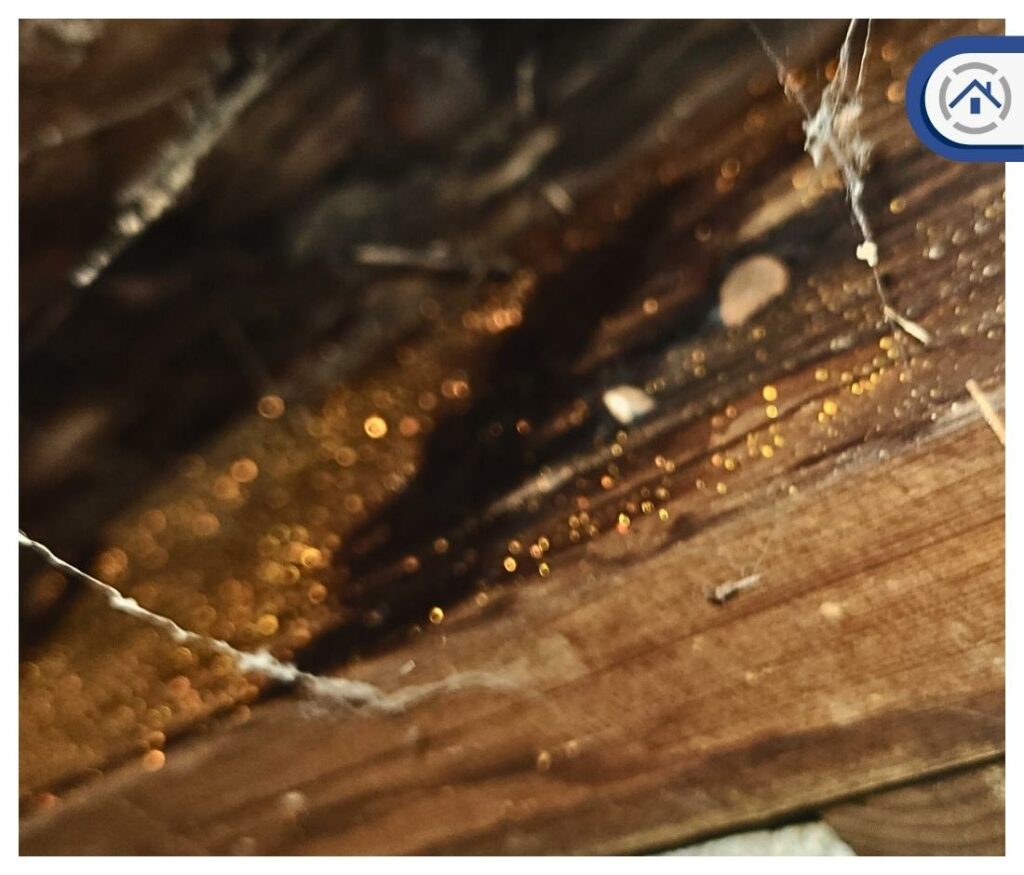
2. Structural Damage: This is another significant consequence of chimney leaks or water running down the chimney's interior. This water can harm the chimney's structural integrity, particularly if it's made of brick and mortar. As moisture infiltrates the masonry, it can lead to erosion and weaken the chimney's overall stability.
Left unaddressed, this deterioration could result in costly chimney repairs or even necessitate a complete chimney rebuild. Moreover, water entering the chimney can affect the fireplace and hearth area, potentially causing damage to these components, further compounding the issues associated with chimney leaks.
1. The flashing on the roof could leak.
The chimney flashing consists of two main components: step and counter flashing. The step flashing is concealed beneath the counter flashing, which is visible from the exterior. If either of these flashings starts to detach from the brick, it may result in a leak. Additionally, they can be punctured or torn by changes in temperature caused by shifting weather conditions.
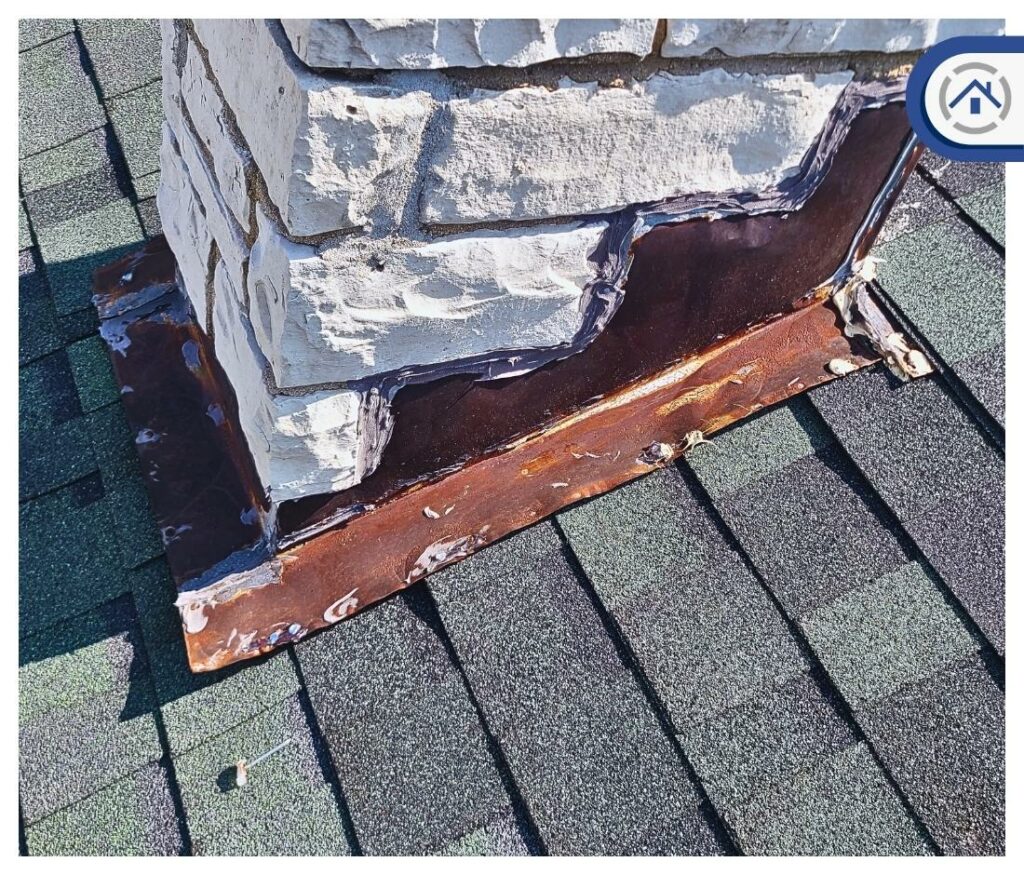
2. Brick or crown flashing leaks.
Water may infiltrate through deteriorating brick, grout, or a cracked/loose chimney cap, which needs to be re-sealed.
1. How does chimney condensation occur?
When the temperature inside the chimney drops below the dew point of the gases passing through it, it forms condensation. This can happen when the chimney is not used for an extended period or when the gases cool down too quickly. When the moisture in the gases condenses, it clings to the walls of the chimney, leading to issues such as corrosion and water damage. This usually happens during colder seasons.
2. What are the factors contributing to excessive chimney condensation?
3. What is the difference between condensation leaks and other chimney leaks?
CAUSE: Condensation leaks result from warm indoor air meeting a cold chimney surface, often in cold weather with temperature differences, while other chimney leaks originate from external factors like damaged flashing, chimney caps, masonry cracks, seals, or crowns, allowing rain, snow, or ice to enter.
SOURCE: Condensation leaks’ water source is primarily the indoor air itself. It contains moisture as water vapor condenses when it contacts the cold chimney surface. In contrast, the water source in other chimney leaks is external weather conditions or structural deficiencies in the chimney itself and are typically not related to indoor moisture.
CHARACTERISTICS: Condensation leaks are subtle, causing interior dampness or staining originating from indoor moisture. Other chimney leaks are sudden and noticeable, often due to external factors, leading to immediate and visible damage like water stains or structural issues.
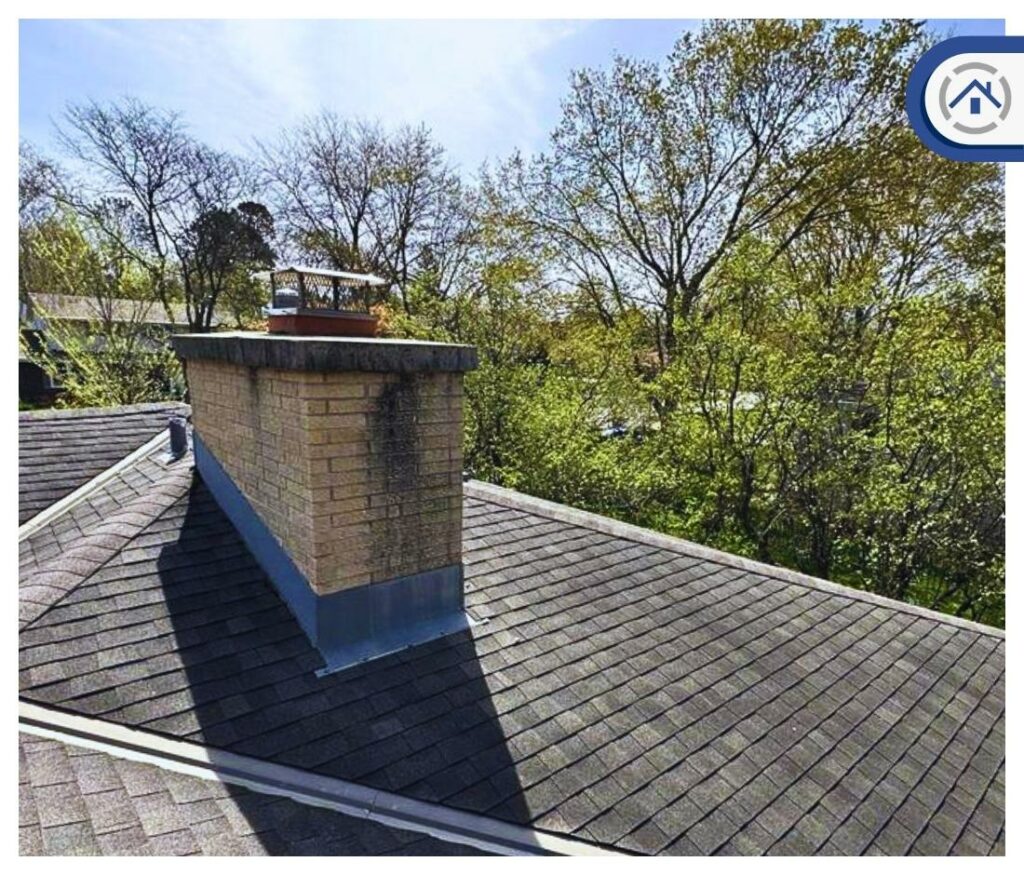
1. How do blockages, such as nests or debris, lead to water buildup in chimneys?
Blockages such as nests or debris can cause water to accumulate in a chimney by blocking the normal flow of rainwater or moisture from the chimney system. This inhibits the water's ability to exit the chimney, causing it to accumulate inside when it rains or snows and water enters the chimney from the top or through openings. This trapped water can cause various issues over time, such as deterioration of chimney materials, corrosion of metal components, staining of interior walls, and even severe structural damage in some cases.
2. What are the signs of obstructions in the chimney?
Signs of chimney obstructions include poor draft, smoke backflow, unusual odors, visible debris or nests, reduced fireplace efficiency, strange sounds, excessive smoke, water leaks, inefficient chimney caps, difficulties with cleaning, and visible animal activity. Recognizing these indicators is crucial for maintaining chimney safety and functionality, and it's advisable to seek professional assistance if obstructions are suspected to ensure safe and effective removal.
3. How to prevent chimney blockage?
To prevent chimney blockages, regularly clean your fireplace or stove to remove ashes and debris, ensuring proper airflow. Install a high-quality chimney cap or spark arrestor to prevent leaves, animals, and debris from entering. Choose seasoned, dry firewood to minimize creosote buildup, a common cause of blockages, and schedule annual inspections by a certified chimney sweep to detect and address potential blockage risks and ensure your chimney system remains safe and efficient.
1. It's highly advisable to schedule regular inspections to prevent both chimney leaks and blockages. Professionals can thoroughly assess your chimney's condition, identifying potential issues, such as damaged flashing, blockages, or deterioration, that could lead to leaks or restricted airflow. By addressing these concerns proactively, you can maintain the safety and efficiency of your chimney, ensuring it operates smoothly while avoiding costly repairs and potential water damage or blockages in the future.
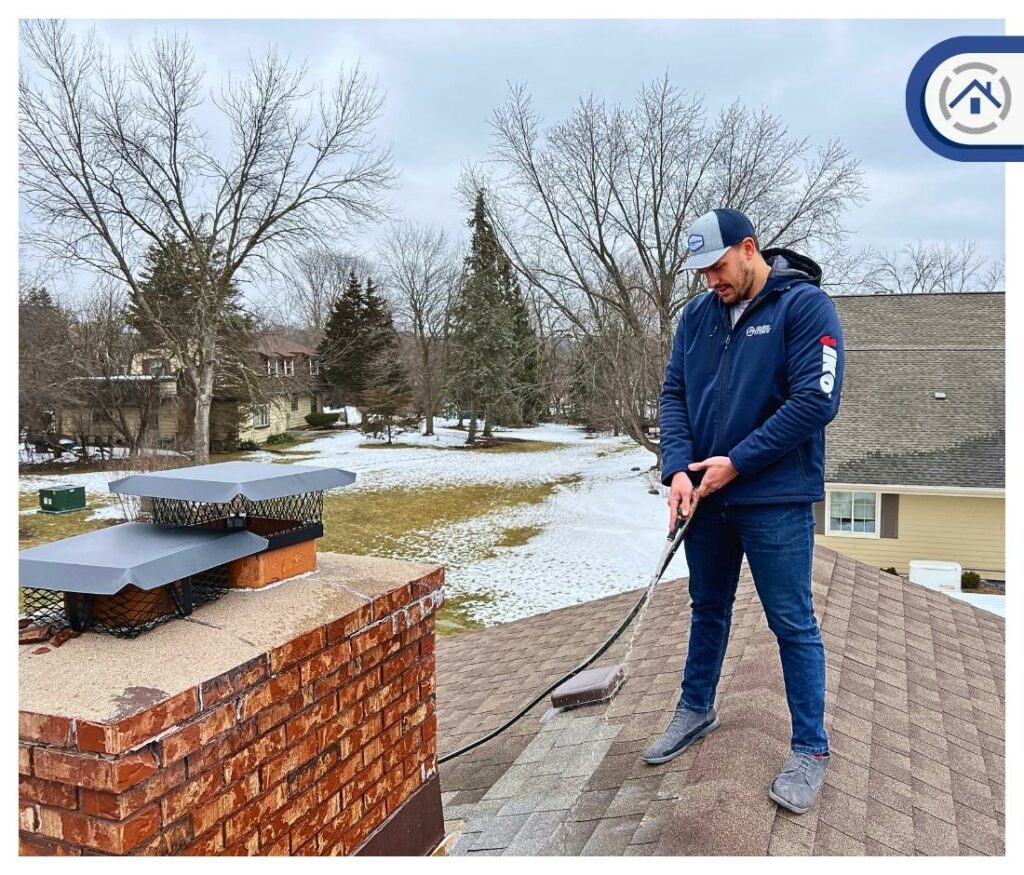
2. Caulking your chimney every 5 to 10 years is a recommended maintenance practice to help prevent water leaks and damage to your home's interior. Professional roofers are skilled at inspecting and caulking chimney flashing to ensure it remains watertight and secure. By maintaining this regular caulking schedule, you can effectively seal potential entry points for moisture and extend the life of your chimney, ultimately avoiding costly water-related issues and ensuring the long-term integrity of your home's roofing and chimney system.
In conclusion, chimney leaks and blockages are common challenges that homeowners face, often leading to a range of issues, from water damage and reduced efficiency to safety hazards. However, proactive measures and regular maintenance can significantly mitigate these concerns.
Scheduling annual chimney inspections, using high-quality chimney caps, burning seasoned firewood, and promptly addressing any issues detected by professionals are key steps to prevent leaks and blockages. By taking these measures, you can enjoy the warmth and comfort of your fireplace or stove while ensuring the safety and functionality of your chimney for years to come.